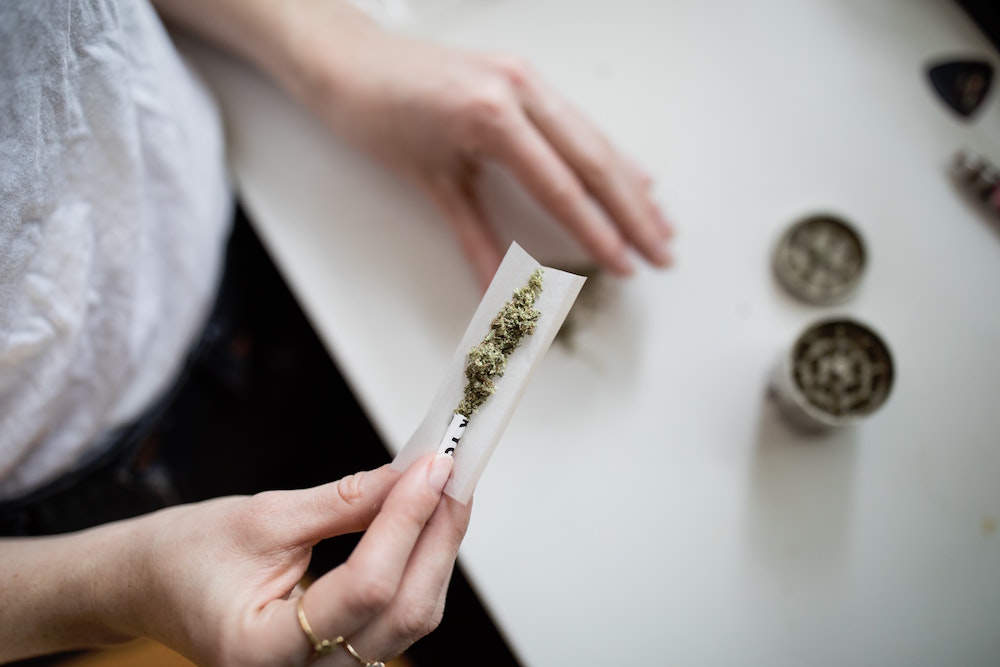
With increased legalization in many countries, there has been growing interest in cannabis products. However, what are the concerns about its use in teens and why?
The cannabis plant (Cannabacea family) is a species of flowering plants with very recognizable leaves. There are 3 main species – C. Sativa, C. Indica and C. Ruderalis. Many parts of the plants have been shown to have potential uses, such as its woody stem, leaves and seeds. The plant has been used in traditional medicine for centuries, but in the past cannabis has also been considered a gateway drug, and there were legal ramifications for its use. As a result, modern medical society has only relatively recently started formally researching and evaluating its potential medical benefits.
The Cannabis species can produce over 100 chemical compounds, of which cannabinoids are best known. The best known active compounds are THC (delta-9 tetrahydrocannabinol) and CBD (cannabidiol). The bulk of plant-based or phyto-cannabinoids are found in the flower of the female plant. The term ‘hemp’ is used to classify cannabis varieties that contain 0.3% or less THC content, while ‘marijuana’ refers to varieties containing higher quantities of THC. The proportion of THC in some cultivated plants is reported to have increased considerably, from about 3% in the 1970’s and 80’s, to up to 30% in some varieties today. Synthetic cannabinoids have also been manufactured to mimic the effects of natural cannabinoids– they can be sold as vaping liquids or sprayed onto dried plant material and smoked; often their manufacture and concentrations are not well regulated.
The phytocannabinoids interact with our body’s endocannabinoid system; consisting of CB1 and CB2 receptors throughout the body. CB1 receptors are mainly concentrated in the brain and central nervous system, and are involved in modulating motor activity, pain perception, memory, appetite and mood. CB2 receptors are based mainly in peripheral organs, and are involved in immune function and the muscular and cardiovascular systems.
THC interacts mainly with CB1 receptors, causing the ‘high’ we usually associate with cannabis. It can also have some muscle relaxant, anti-inflammatory and pain relieving properties. Potential side effects of THC include anxiety, memory deficits, impaired motor coordination and a possible link to psychosis in people who may have an underlying predisposition.
CBD has mainly anti-anxiety, anti-nausea, immune boosting, possible antibacterial and anti-inflammatory properties; it can therefore reduce the side effects of THC, and in nature the right balance between the THC and CBD elements are important.
Internationally, medical uses of cannabinoids that have been researched and licensed in certain countries include the management of chronic pain, multiple sclerosis and as add-on therapy in 2 types of drug resistant epilepsies. Some products have also been used for the management of severe nausea and vomiting due to chemotherapy.
Currently, the Dangerous Drugs Act Dec 2019 amendment decriminalizes the possession of up to 30 g cannabis or 4 male plants for personal use. There are hefty fines ($250,000, 5 years imprisonment if found guilty) for smoking in a public place, operating motor vehicles, and use in or around premises where children are present. There are also harsher fines for trafficking – up to $3million TT and life imprisonment if found guilty.
With the increase in appetite for cannabis products though, there has been an associated increase in cannabinoid products on the market. However, regulation of its labeling, quality control and manufacture has not kept up. For example, a 2017 study by Marcel Bonn-Miller showed that 70 percent of CBD products sold online were in fact mislabeled, and did not correctly represent their actual THC concentration. Deaths have occurred in young people vaping online bought CBD and cannabis infused oils, thought to be partly due to some of the additives such as vitamin E acetate.
Although it is illegal to sell cannabis to minors, the fact that there have been so many edibles and products both on the legal and illegal market means that it is increasingly easier for young people to get their hands on them.
However, the teen brain is still undergoing a period of growth and development; we now know that the human brain is not fully developed and mature until age 24! That means that the teen brain is uniquely susceptible to addiction, and the effects of exposure to cannabinoids at this important stage of neuro-development may have long-reaching effects. There is definite need for further research in this area, but the information we have so far shows that regular exposure to cannabis in teens is associated with neurocognitive effects, mainly on memory, learning and attention, which persist for many weeks after stopping use, and even beyond. There also seem to be possible irreversible grey and white matter changes in the brain. We know that earlier initiation of use before age 17, and more frequent use of cannabis is associated with poorer outcomes such as higher rates of school dropout and poorer educational attainment. It may also be associated with increased risk for mood disorders such as depression. If mixed with other substances, such as alcohol, there may be increased risk of death, for instance in road traffic accidents and risky behaviours.
The bottom line is this – The cannabis plant is a fascinating species, and hold the potential for medical benefits, with the right research and controls. However, as with all things, a balanced approach and regulation are important, especially with the flood of products both on online and other markets. There is a definite need for tighter regulation, research, quality control and enforcement. There needs to be a public education campaign, especially targeted at young people, so they are aware of the potential risks. Finally, as adults we need to model responsible behaviours, as I feel we are giving young people mixed messages – although the law seeks to make trafficking and sale illegal, there is no denying that there are more products and edibles out there, and teens will want to experiment.
